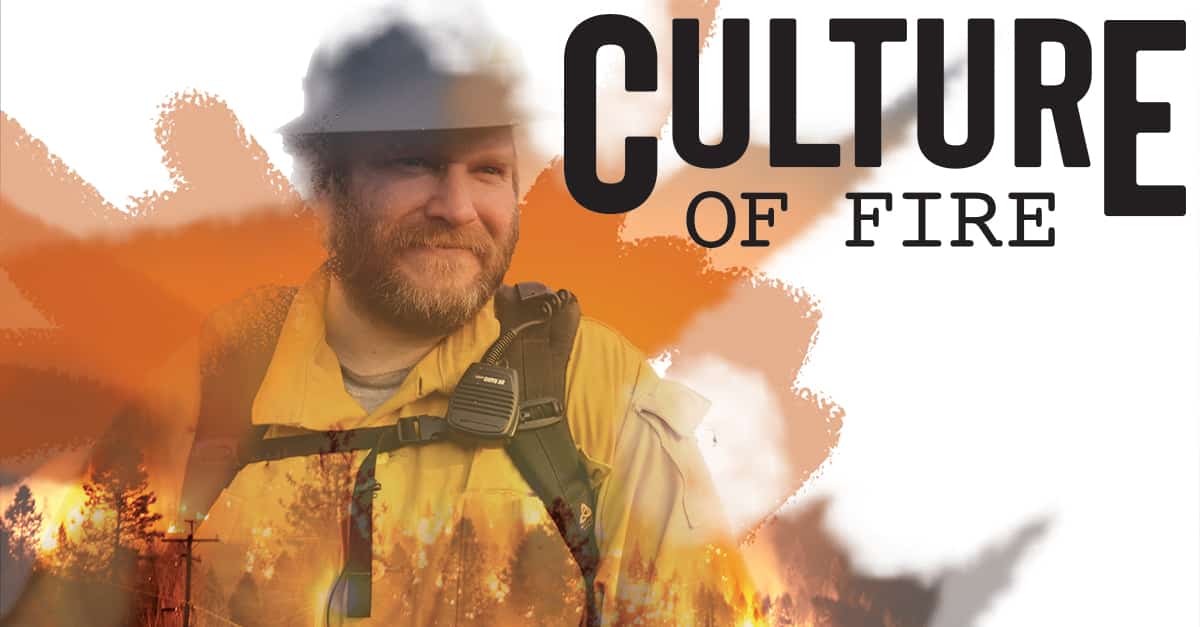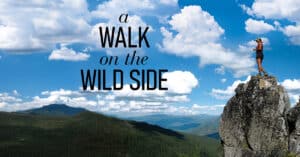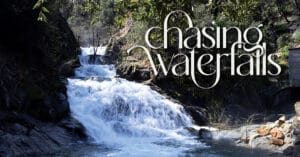Culture of Fire
Bill Tripp and the Karuk Relationship with Fire…
Typically, kids are told not to play with fire. Not so in Bill Tripp’s family. When he was 4 years old, growing up in the small town of Somes Bar along the Salmon River in far Northern California, his 100-year-old great-grandmother, a full-blooded member of the Karuk tribe, gave him a box of matches and told him to go outside and set fire to some leaves.
For Tripp, it was the beginning of a lifelong relationship with fire as an integral part of his tribe’s culture.
That first experience was challenging for a 4-year-old. The leaves were wet, and it took a whole box of matches to finish the job.
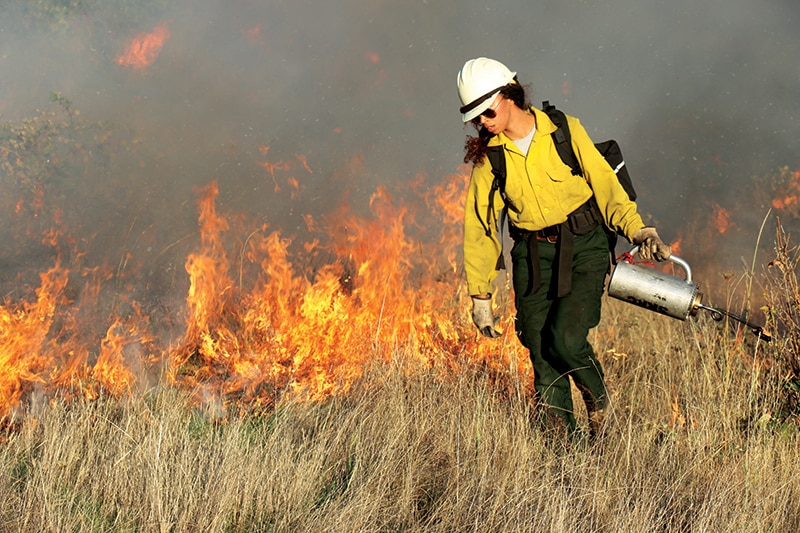
Photos courtesy of Stormy Staats, Klamath-Salmon Media Collaborative
By the time he was 8 years old, Tripp was already deep into tribal fire practices. He was going out on the family’s property and burning clumps of hazel bushes, burning back the old growth and making way for the new shoots that would be used for basket weaving. At the same time, the fires he started would remove destructive insects and invasive plants like blackberries.
All this time, the young Karuk tribe member was learning “how I could use fire for the benefit of the water, the fish, the wildlife, the plants and the people.”
Tripp would go on to become the tribe’s chief overseer of controlled burning on tribal lands, along with other responsibilities as overseer of the tribe’s natural resources.
It’s not an easy job. There is, as Tripp notes, a “fear of fire” in the larger society, with the result that there’s a lot of bureaucratic red tape to cut through as the tribe attempts to pursue its traditional burning practices.
Those practices are a mix of prescribed burning to prevent wildfires and what Tripp calls “cultural burning.” Prescribed burning goes after the dry undergrowth that can ramp up the severity of wildfires, the accumulated pine needles, grasses, leaves and blackberries.

The “cultural” burning is done to generate the new growth used for basket weaving materials, to kill invasive plants and to provide fresh vegetation for deer and elk. Burning of live oak stands provides fresh, nutrient-rich sprouts for both species of animals. Tan oaks provide the acorns that have traditionally been a staple of the Karuk diet. Burning those back helps get rid of destructive insects and ensures a healthier crop both for the Karuks and for the deer and elk that share in the bounty.
Before the federal government banned the practice, the Karuk tribe would set fires along the Klamath River right at the time salmon were returning from the ocean to spawn. The smoke generated from the fires spread over the river, blocking the sun and cooling the water to provide a better habitat for the fish.
Timing is key to the tribe’s burning practices. One good fire “window” is late June, when fires are put out naturally by increasing humidity in the evening hours. Frequent burning, by keeping undergrowth to a minimum, also helps to keep fires from getting out of control.
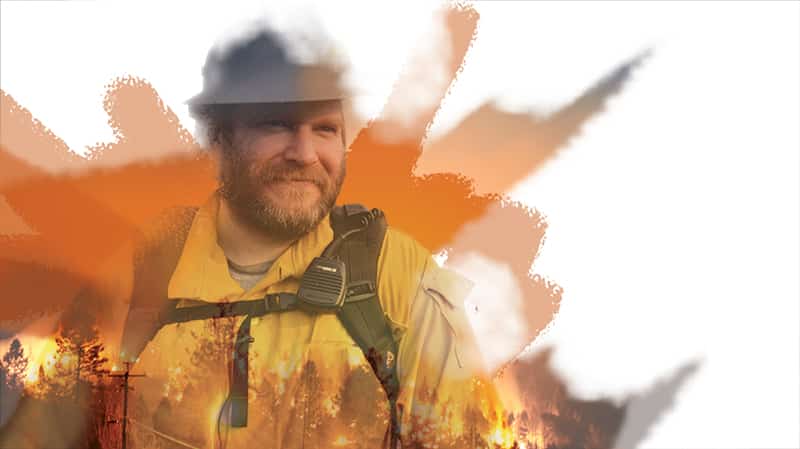
The tribe isn’t able to burn as frequently as it would like due to government rules and restrictions, largely because of concerns about fires getting out of control. But that is changing, says Tripp, and the Karuks and other tribes are finding ways to return to their traditional fire practices. In recent years, Native American tribes have been able to join together to lobby government agencies, with some success, to loosen some restrictions. The Forest Service itself has adopted the technique of prescribed burns in some situations.
Tribes that have long made their homes in forested mountain country have a lot to teach about keeping wildfire danger to a minimum. It’s all about learning to work with fire as a useful tool. The more we adopt that attitude and master the skills that go with it, the less we will have to fear from fire.•

